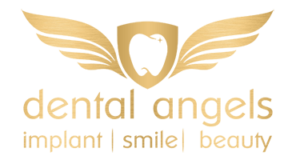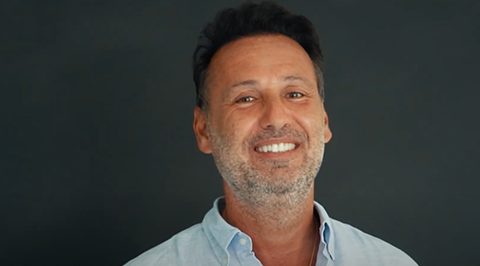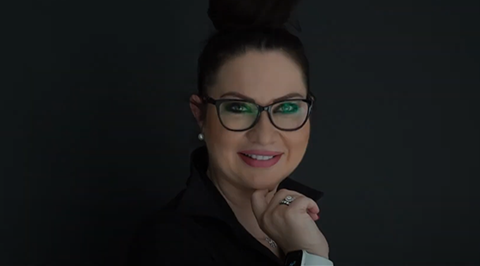Our patients' opinions
„High-level professionalism and consideration of patient needs are equally characteristic of both the clinic's specialists and the services they provide. The communication is reassuring, thorough, and ensures that 'you're in good hands', which was later proven by experience. 😊 I highly recommend it! 💯”

Linda Eszter Ban
„I've been visiting Dental Angels Dental Clinic for almost 3 years now. I've been to many dentists before, but never to one like Dental Angels. They are characterized by high precision, thoroughness, excellent problem-solving ability, attention to every detail, and the use of the latest technologies. The team is professional, they are simply PROS. I highly recommend them to everyone 👍🏻👏❤️!”

Beate Bori
,,The best dentist! With her endless patience, kindness, and charisma, Dr. Melinda Csapó always manages to calm me down. She possesses high professional knowledge and always provides the most optimal treatment for her patients! I heartily recommend her to everyone!''

Bernadett R. Szabo
..Finally, I found a dental clinic where I receive proper, professional care, and they don't trivialize my problems. Thank you very much, from now on there's no question that I'll always turn to Dental Angels! 😊"

Franciska Marton
,,Excellent professionals work at Dental Angels! Even the anesthesia didn't hurt, and the treatment afterwards was conducted in a great atmosphere. I recommend them to everyone who's afraid of dentists! You definitely won't be afraid of them! 😉"

Janet Egri
,,How I'm welcomed and how they work matters a lot to me... I must say I was very pleasantly surprised. I've been to many dental offices, but here all my fears disappeared because as soon as I entered, I was greeted by kind, smiling people. They are very skilled, and the treatment was quick and painless. Keep up the good work!"

Anna Diószegi-Serföző
,,Attentive staff with experienced and friendly professionals. High-quality dental care. This is the first dental office I actually enjoy visiting. It overwrites all my previous negative experiences from elsewhere. Thank you!"

Peter Benko
,,I had my wisdom tooth removed because it was important for the durability of the quick orthodontic treatment. Honestly, I hadn't done it before because I was very afraid, but the people working at Dental Angels are so helpful and kind that I easily agreed to it during the consultation and I don't regret it! I recommend it to everyone who's looking for an understanding dentist!"

Eniko Aszodi
,,They perform conscientious, professional work. I can only recommend Dental Angels!"

Jacket Kristian
Find us here
Our contact details
1037 Budapest, Bokor Street 15-21. 2nd floor
+36 30 291 7500
Open
Monday-Friday: 08:00-20:00
Saturday – Sunday: Closed
Parking
We recommend parking your car at the Star Park car park on Lajos Street, located 100 meters from our clinic, or at the underground garage of the Új Udvar shopping center on Bécsi Street. For our patients arriving for longer treatments, we provide free, covered parking upon prior arrangement.


















